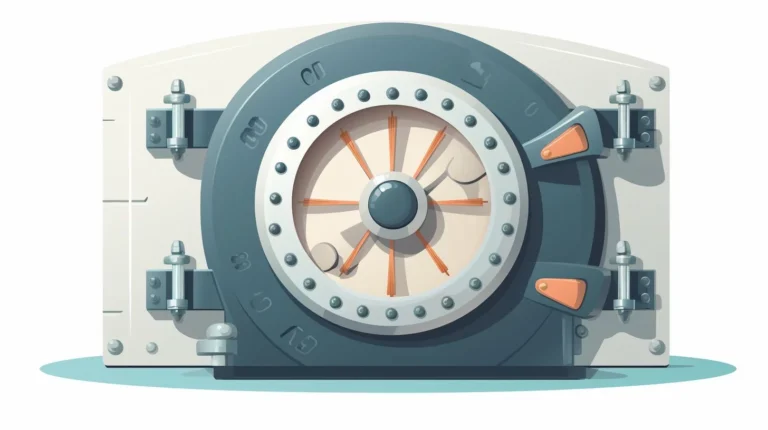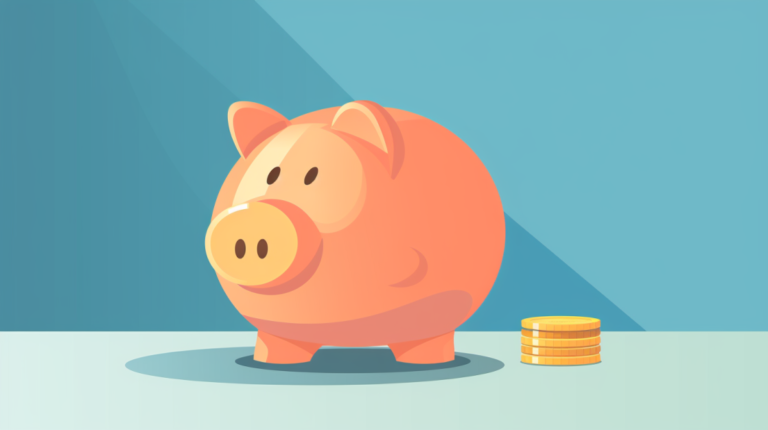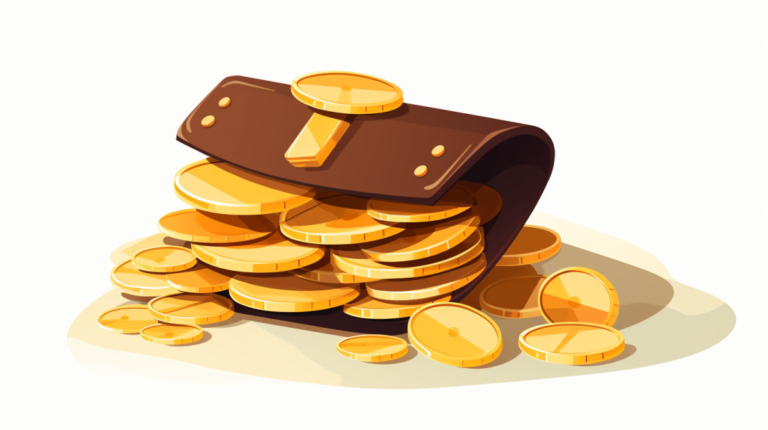What Are Banking Deserts and Why Do They Matter?
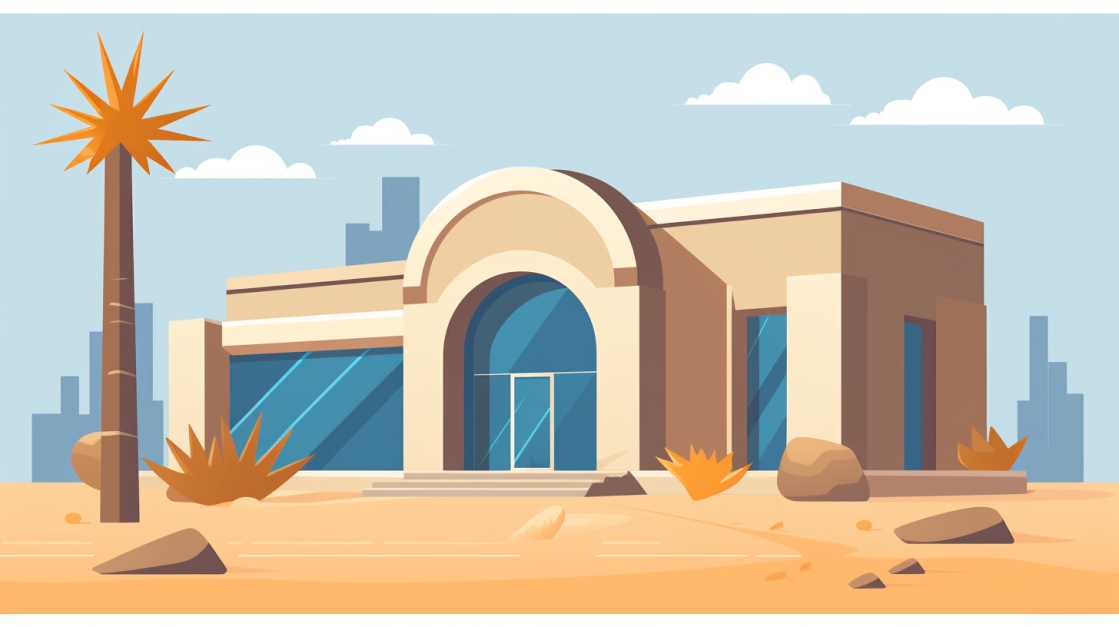
Ever been so far away from the warm glow of a bank or credit union branch that you feel like an explorer lost in the vast expanse of a finance wilderness? You’re not alone, trust me.
Roughly 7% of our fellow Americans can attest to this feeling as they traverse through what’s known colloquently as “banking deserts“. It was during my research expedition into these barren financial landscapes when it hit me – banking deserts are more than just dots on maps; they cause real disruptions for many hard-working people across the United States.
This blog is all set to share with you valuable insights about what constitutes a banking desert, and how its existence chips away at financial stability in some parts of our country.
Are you ready to embark on this illuminating journey across America’s financial badlands? Let’s pull up those bootstraps and delve right in!
Key Takeaways
- Banking deserts are places with no banks. They occur mostly in rural areas of the US, making it tough for people to manage money.
- Living far from a bank can make life hard especially for youngsters and workers who rely on financial services which helps them build their future.
- Mobile banking can be a fix to not having banks nearby as it lets people do all important banking tasks.
- Policymakers could bring more banks into barren regions by giving tax breaks or other rewards. Schools need to teach kids about handling money too.
Understanding Banking Deserts
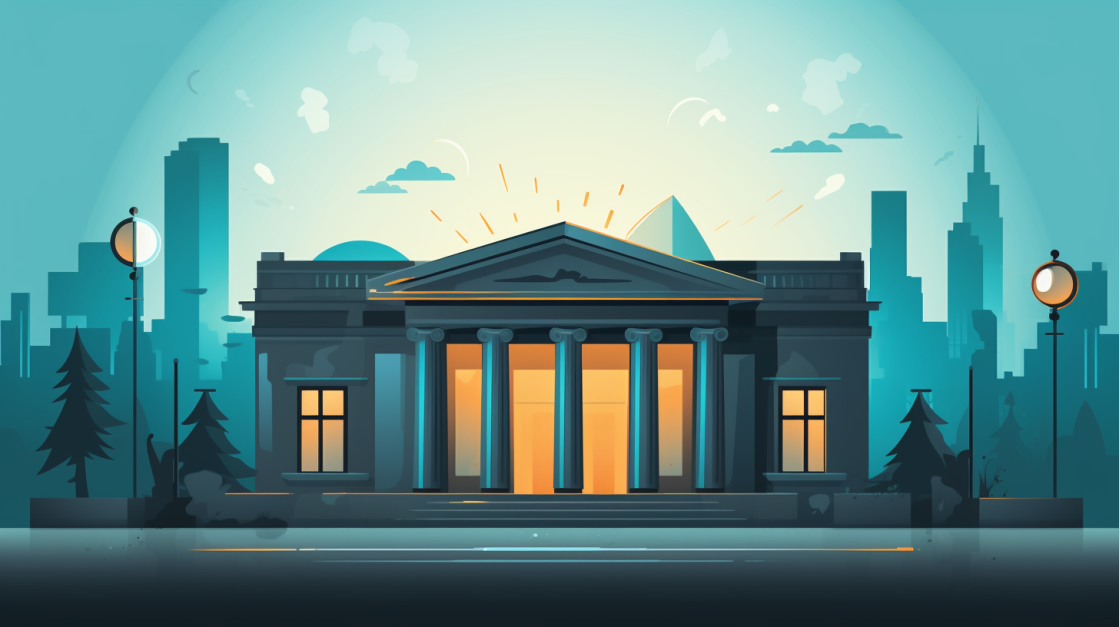
A banking desert is a place with no banks. Places like this make it hard for people to get money or save it. Many such places are out west in rural areas where not many people live, as shown by the majority of U.S. banking deserts being there.
Only about one-fourth of these bank-free places are in city areas called Metropolitan Statistical Areas (MSAs). This leaves three-fourths in country spots far from towns and cities.
Places without banks are not just found in sparsely populated regions, though. Some city zones, especially ones where most folks are part of a minority group – have fewer banks too.
But big cities don’t have this problem as much – New York City, Boston and Philadelphia do not contain any banking deserts at all! Yet living in a bank desert doesn’t automatically mean people don’t use banks; some states show that’s not always true.
In fact, I learned from an FDIC survey that seven percent of all households – about nine million homes total – do their business without using banks even if they’re near them!
The Impact of Growing up in a Banking Desert
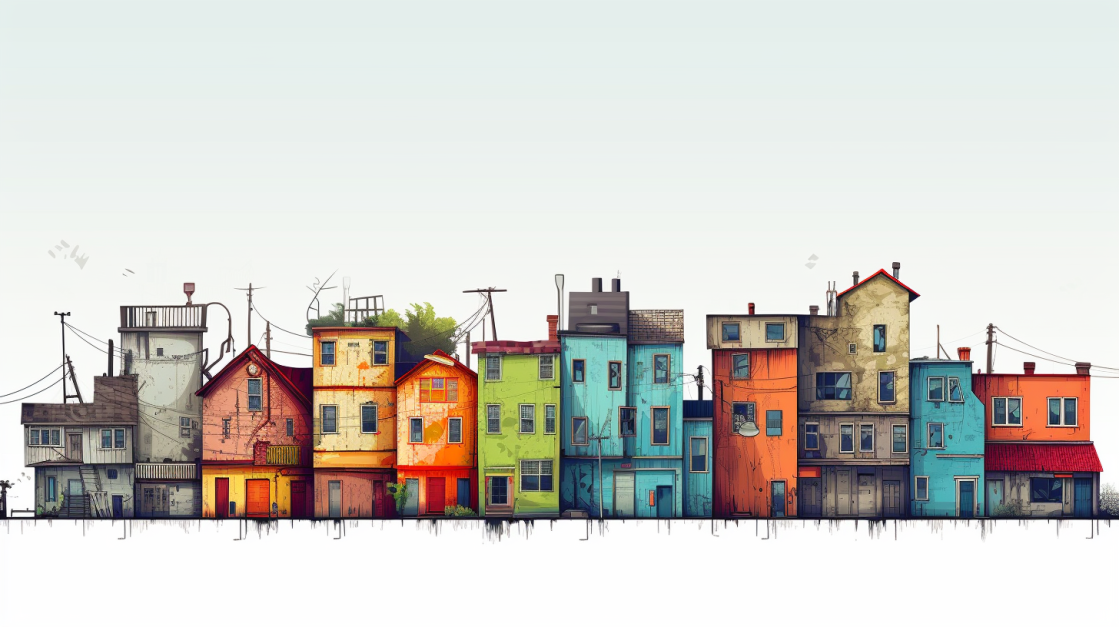
Growing up in a banking desert can be tough. Kids might not see how banks work or learn about money. They also may miss out on seeing people use cards to pay for things at the store.
This missing piece could hurt as they grow. Teens can’t start to build credit if there are no banks around, and students need loans sometimes for college which a bank can offer. Later on, grown-ups who have not used banks may find it hard to get mortgages for homes or loans for small businesses! These towns suffer too by losing jobs that banks bring with them when they open branches.
The Case of Native American Reservations: A Microcosm of Finance
Native American reservations often lack bank branches. This problem is worse on lands with tribal courts. These places have 20% fewer banks for every person than those without the courts.
Living far from a bank makes it hard to get financial services. People find it tough to build good credit history too.
A special money survey took place on several Native American lands. The results showed some surprising facts about people who live there and banks. Most of them know less about what special products banks offer, like mortgages, student loans and credit cards, compared to others living elsewhere in the U.S.
If a Native American lived close to a bank as a child, they are more likely now as an adult to go ask for advice at the bank when they make big life choices about money matters compared with others who did not live near one growing up.
The Broader Impact of Banking Deserts
Banking deserts hit a lot of people hard. City folks may not feel it, but in the West, many live too far from banks. That’s where most banking deserts are. Some might think: Well, areas with more unbanked households should have more banking bits.
But nope! The facts show that there is no link between the two.
Living away from a bank or credit union can hurt your wallet over time. Think about New York City and Boston for instance – they have zero banking deserts! Now consider Arizona and northern Nevada – lots of wide-open spaces with few banks around.
People in these empty spots face bigger financial struggles than city dwellers do on account of their scant choices.
The Role of Mobile Banking in Addressing Banking Deserts
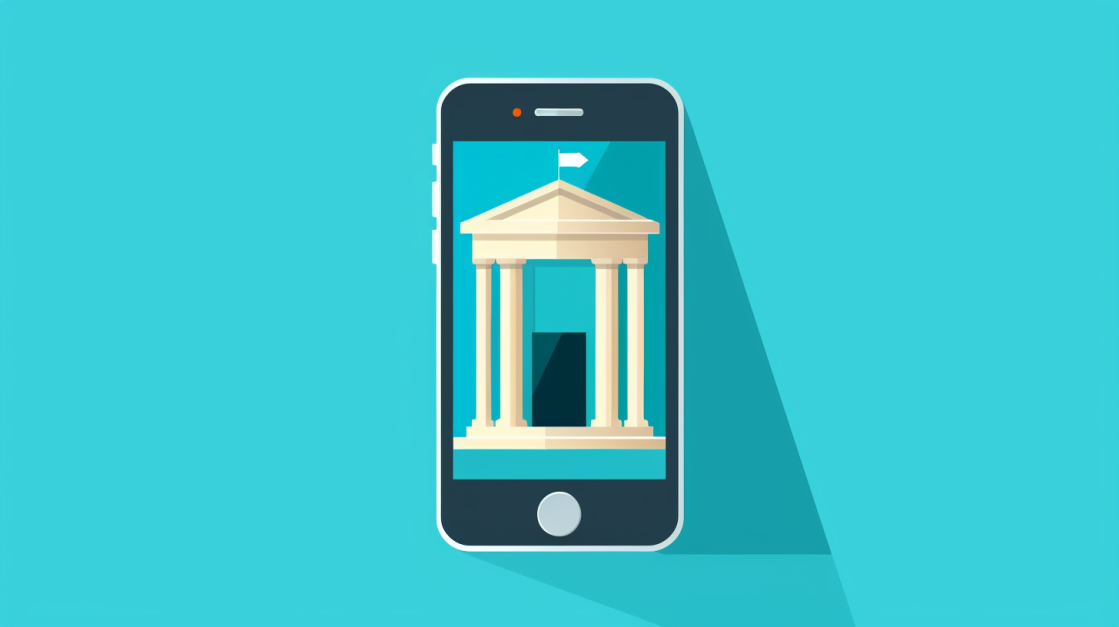
Mobile banking can help fill the gaps in areas with few or no banks. This smart tool allows people to make financial moves without needing a bank nearby. You can send money, pay bills and check your account balance using a mobile app.
There is more good news too. Mobile banking services don’t need office space so they’re everywhere always! Plus, you do not have to travel anywhere to use them. This means that even if you live far away from any bank branches, you still get the same benefits as someone who lives right next to one!
Of course, it’s important to remember that not everyone has a modern smartphone or stable internet access. So efforts also need much focus on giving these tools into hands of such needy people.
Banking Deserts and the Paycheck Protection Program
Paycheck Protection Program plays a big role in banking deserts. It helps small businesses get money. But, some places don’t have banks nearby. These are called “banking deserts”. Small firms that live there find it hard to get money from Paycheck Protection Program.
Let’s take a deeper look at Native American tribes for example. They often live far from banks and face obstacles in their way towards economic growth. For such communities, reaching the nearest bank branch could mean driving hundreds of miles! Can you imagine? This has made it even harder for them during hard times like now when financial support is needed most.
Owning credit cards or mortgages happens less often among these groups due to lack of bank branches which affects their chances of getting loans approved quicker and easier.
The Real Costs and Challenges of Banking Deserts
Living in a banking desert comes with high costs. It is not just about money, but also time and trust. Without a local bank, people must travel far to cash checks or pay bills. This wastes their day and burns gas.
Indeed, the physical distance from a bank can be too much for some. If you live in the rural West where most U.S banking deserts are found, even simple tasks become hard.
Most of these areas do not have fancy financial tools too. Credit cards, mortgages or student loans may be out of reach here. People turn to costly options like check-cashing services or payday lenders instead of banks that offer lower fees.
The trust issue is real as well; 30% of unbanked households say they don’t trust banks while another 34% simply feel they don’t have enough money to keep an account open according to FDIC’s survey held in 2015.
Possible Solutions to Banking Deserts
There are several steps we can take to shrink banking deserts.
- Build more branches: This can be in small towns or areas far from cities. More bank branches give people better access to banking.
- Create a policy that helps banks: Law-makers need to create laws that make it easier for banks to serve all areas.
- Teach financial skills: Schools and groups should teach people how to use banks and manage money.
- Increase online and mobile banking: Making use of new technology can bring banking services to remote areas.
- Promote credit unions: Credit unions are member-owned banks that give loans and other services. They can fill the gap in areas where there aren’t many banks.
- Use postal banking: Offering simple banking options at post offices can help those without easy access to a bank branch.
- Allow community organizations or local businesses to offer financial services: This could bring banking tools even closer for people living in isolated or undeveloped locales.
- Create incentives for banks that operate in remote areas: This could involve tax breaks, subsidies, or special programs directed towards these birthing banks.
The Future of Banking in Desert Areas
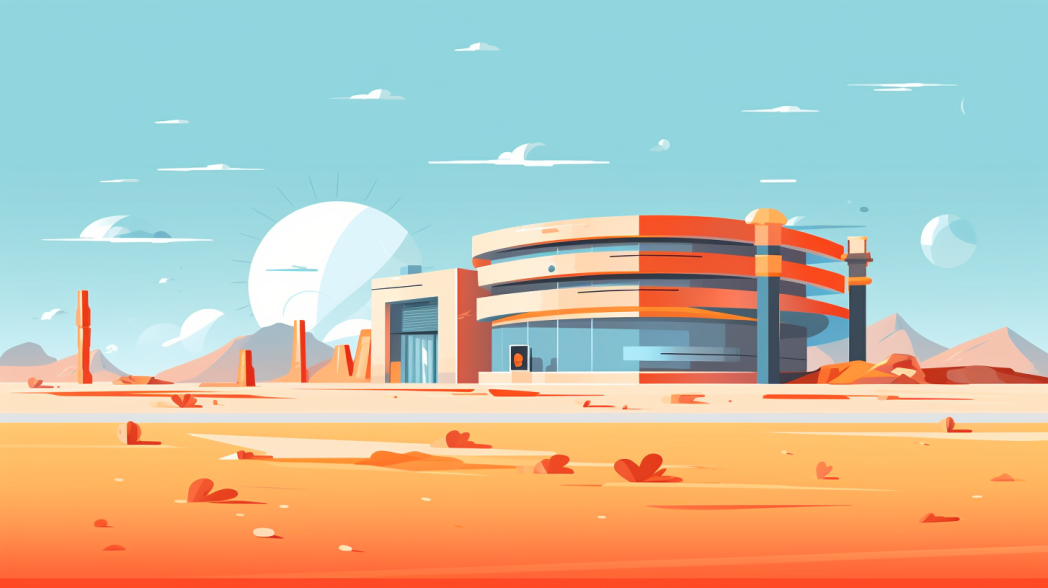
New ways of banking are set to change desert areas in the future. The rise of mobile and online banking can help fill gaps left by the lack of bank branches. With cell phones, households in these places will be able to do most financial tasks.
From checking balances to getting loans, all can get done without having to drive hours just for a physical bank branch visit.
There’s also an important role for credit unions. They might step up and bring more services to sparse towns out West where traditional banks don’t find it worth their while due to low population density.
This mix between local involvement like that from credit unions with technology could make banking deserts lessen over time.
Conclusion
FAQs
1. What is a banking desert?
A banking desert is an area with no bank or credit union account access, often making financial inclusion tough for people living there.
2. Why are some urban areas considered banking deserts?
Some urban areas become banking deserts if they don’t have local banks, making the location inconvenient. Also, high account fees can make it hard for low-income consumers.
3. How do we know states like Mississippi and Arizona are banking deserts?
The Federal Reserve Bank of New York did research showing these states have many unbanked households, thus marking them as major Banking Desert Mirage spots.
4. Are there any effects of living in a banking desert?
Living in a Banking Desert brings financial disadvantages like lack of compound interest and limited small business activity due to less access to bank-specific financial products.
5.What relation do health issues like obesity and heart diseases have with banking deserts?
According to Centers for Disease Control just like food deserts lead to health problems; likewise the lack of access known as branch desserts to full service- mission efforts by officials from trustworthy financial institutions may influence economic factors impacting their health indirectly.
6.Who can help reduce the count of individuals affected by unable-on-baked circumstances found majorly in census tracts within certain key markets?
People residing around such financially excluded regions would find hopes through community engagement initiatives taken up either by companies eg Wells Fargo under CSR outlines or government entering community reinvestment act into enforcement.

